As fathers, we often believe we’re the ones teaching our kids important life lessons, but sometimes, it's the other way around. A recent experience with my 2.5-year-old daughter reminded me of the beauty of seeing others without labels and how much we can learn from the untainted perspective of our children.
The other day, my daughter and I were leaving our CrossFit gym after a workout. As we headed toward the parking lot, I noticed a mom helping her son out of their car. He looked to be about 8 years old and couldn’t walk. The mom was carefully lifting him into a wheelchair. At that moment, I wasn’t sure if the boy had an injury or a disability, but either way, he needed help moving around.
I caught myself feeling a mixture of curiosity and concern. Was this a temporary injury? Was it a lifelong condition? I realized my mind was immediately trying to figure out how to label the situation, and honestly, I felt a little awkward. I wasn’t sure how to react.
But then something incredible happened.
My daughter, who is just 2.5 years old, looked at the boy and, without any hesitation or preconceptions, said, "Look, a friend!" She was genuinely excited, waving at him with a big smile. It was such a simple, beautiful moment. Without overthinking, I responded, "Yes, that is a friend. They’re going to the gym. Tell them to have a good time." And without skipping a beat, she turned back to the boy and said, "Have a good time at the gym!" After that, she happily walked around the truck to get into our car, as if nothing unusual had happened.
I was floored. Here I was, overanalyzing and labeling the situation, while my daughter simply saw another child, another human—her "friend." It was a profound reminder of something I had forgotten: the innocence and purity of a child's mind, untainted by social conditioning.
The Lesson: We’re Trained to Label, but We Don’t Have to
What struck me most about this moment was how I had been socially trained to label people without even realizing it. Like the branding on a horse, these labels are ingrained in us over time. Whether it’s labeling based on ability, appearance, or background, we begin doing it unconsciously.
But my daughter, at such a young age, hasn’t learned those labels yet. She didn’t see a child with a disability; she saw a potential friend. It was eye-opening to realize that humans aren’t naturally born to label others—we’re trained. And as fathers, we have the incredible opportunity to raise our children without those ingrained biases and judgments. We can help them see others as equals and nothing else.
5 Ways Fathers Can Teach Their Kids to Undo Social Labeling
-
Model Respectful Language
Children learn by example, so it’s crucial to be mindful of the language we use around them. Avoiding phrases that highlight differences is important. Instead of pointing out what sets someone apart, focus on what brings people together. For example, instead of saying, "That boy can’t walk," try, "That’s another child, just like you!" This shifts the narrative from labeling to considerate language. -
Expose Them to other Cultures
Take opportunities to introduce your children to people from all walks of life. Whether it’s through playdates, community events, or even books and media, exposing them to diversity early on helps them see that the world is full of unique individuals. When children interact with people who are different from them, they become less likely to label others based on those differences. -
Encourage Empathy
One of the best ways to help children see others as equals is by teaching empathy. Encourage your child to put themselves in someone else’s shoes. Ask questions like, "How do you think they feel?" or "What would you do to help?" By promoting empathy, you’re guiding them toward seeing people for who they are, not the labels society assigns them -
Foster Open Dialogue
Create a safe space where your child feels comfortable asking questions about differences they may notice in others. If they ask why someone is in a wheelchair, for example, respond with openness and positivity: "That’s how they move around, just like you run and jump." By allowing these conversations, you normalize differences without labeling them. -
Lead with Love and Respect
Above all, consistently show love and respect for others. Whether it’s how you interact with family members, neighbors, or strangers, your actions will teach your child to value every person they meet. When children grow up in an environment of kindness and respect, they naturally learn to view everyone as equals.
As fathers, it’s easy to get caught up in the labels we’ve been taught. But it’s never too late to undo those habits and raise our children with a fresh perspective. I learned an important lesson from my daughter that day outside the gym: seeing others as equals isn’t something we need to learn—it’s something we’re born with. We just need to nurture it.
Let’s all take a page from our children’s book and start seeing people for who they really are—just another friend waiting to be met.
Are you on mission to be the leader in your household? Get support from the other fathers in our free online community.

